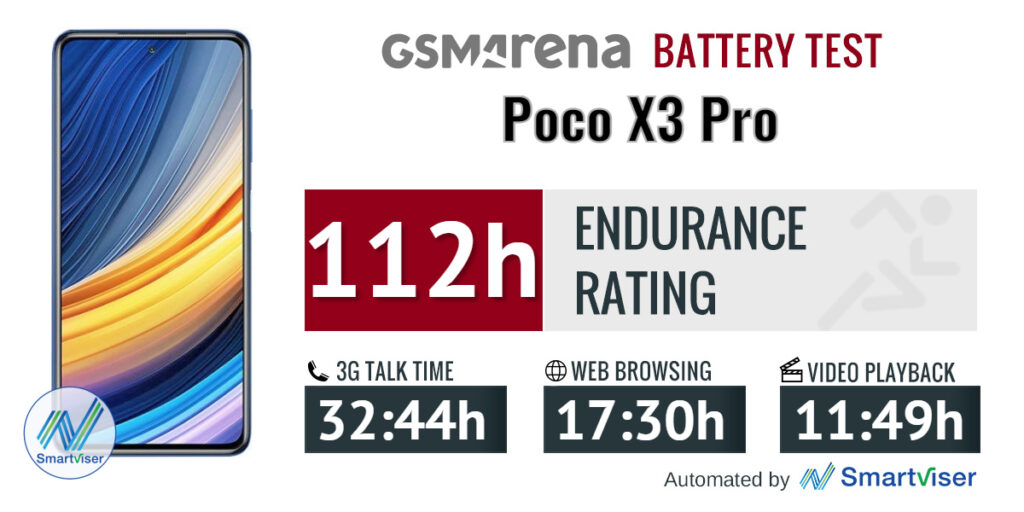Accessibility In Web Design
Accessibility is a hot topic in web design these days. The great news is there are options to help you get an affordable and accessible website for your business. Read more to learn how web agencies can help get this done.
The World Wide Web Consortium (W3C) has published guidelines for designing websites accessible to those with disabilities. The Accessible Rich Internet Applications Suite (WAI-ARIA) specification offers additional guidance on making web content and applications more accessible to people with disabilities.
What does this mean? It means that your website needs to be made available for screen readers and other devices, like tablets and smartphones. This blog post will walk you through what it takes to create an accessible website!
Website Accessibility For Your Business
In the digital age, being an inclusive organization is necessary for business success. There are estimates that approximately 50% of people have disabilities or impairment in their daily lives. Furthermore, 60 million Americans who are considered disabled can work and contribute to society. Thus, your website needs to be accessible to anyone with a disability and everyone else.
To start the design process, it's essential to consider how your site can care for the different disabilities. This requires an understanding of what accessibility means for your organization and designing an accessible web experience that meets their needs.
Some disabilities, such as blindness or low vision, may not use standard text-based information. They usually need a visual design that uses large fonts and clear formatting (to make the site more accessible for those with limited sight). Some may also require the use of audio files in addition to written content.
Other disabilities like Parkinson's disease can prevent a person from accessing a website with a mouse or keyboard. Thus, they need to use their voice and other input devices (like touch screens) to interact with the site.
Finally, websites designed for mobile phones can be complex for people who have difficulty swiping across multiple pages at once because of limited motor control. Thus, providing a website design that caters to this need can also be beneficial.
Benefits of Accessibility In Web Design
Here are some of the benefits that come with web design accessibility.
-
Increased Usability
Accessibility is linked to usability. When a website is more accessible to users with disabilities, it's also easier for everyone else. This can hugely positively impact the quality of life for those with disabilities by helping them be included socially.
-
Drives Innovation
Awareness of web design accessibility benefits has led to increased innovation in this field and created newer, better ways of designing websites for people with disabilities. Companies that took strides in meeting these requirements have been rewarded with a competitive advantage.
-
Larger Audience
Accessible web design has been overlooked for many years until recently when companies realized a large part of the population-including those with disabilities-is now online.
A growing number of people means an increasing number of leads. Failing to tap into this market may be detrimental to the success of any business.
- Better Branding
Businesses that implement accessibility standards are rewarded with better branding, as well.
A strong brand is built to provide excellent customer service to all customers and potential customers. The more accessible your website, the easier it will be for people who have disabilities to access its content, leading to improved reputation and branding for this type of audience.
Takeaways
Today, everyone is a digital native, no matter their age or capabilities. Thus, companies need to prioritize their website accessibility so that it's available to all.








